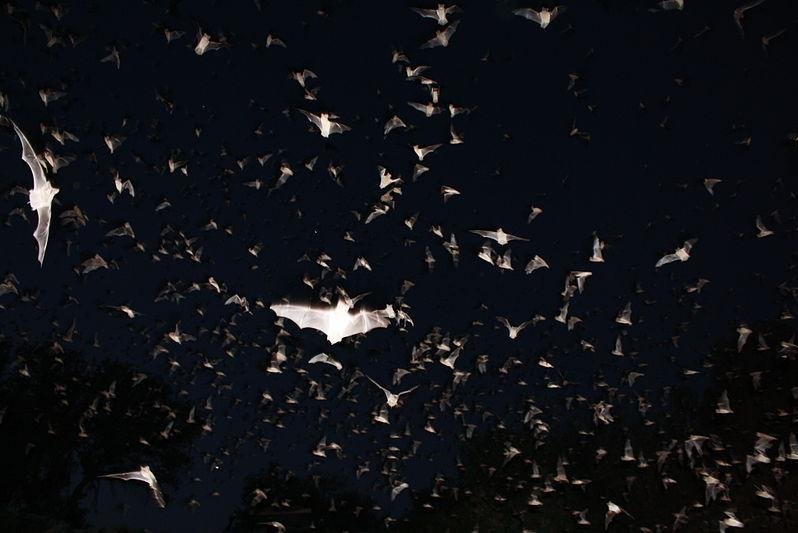REHOVOT, Israel, Dec. 4 (UPI) -- Ever wonder how the brain keeps track of where exactly the body it's controlling is -- which way is up, which is down? It turns out, brains are outfitted with a 3-D compass. Or at least the brains of fruit bats are.
In a new study, researchers at Weizmann Institute of Science were able to use mobile imaging technology to monitor the neural activity of Egyptian fruit bats as their careened through the night sky.















